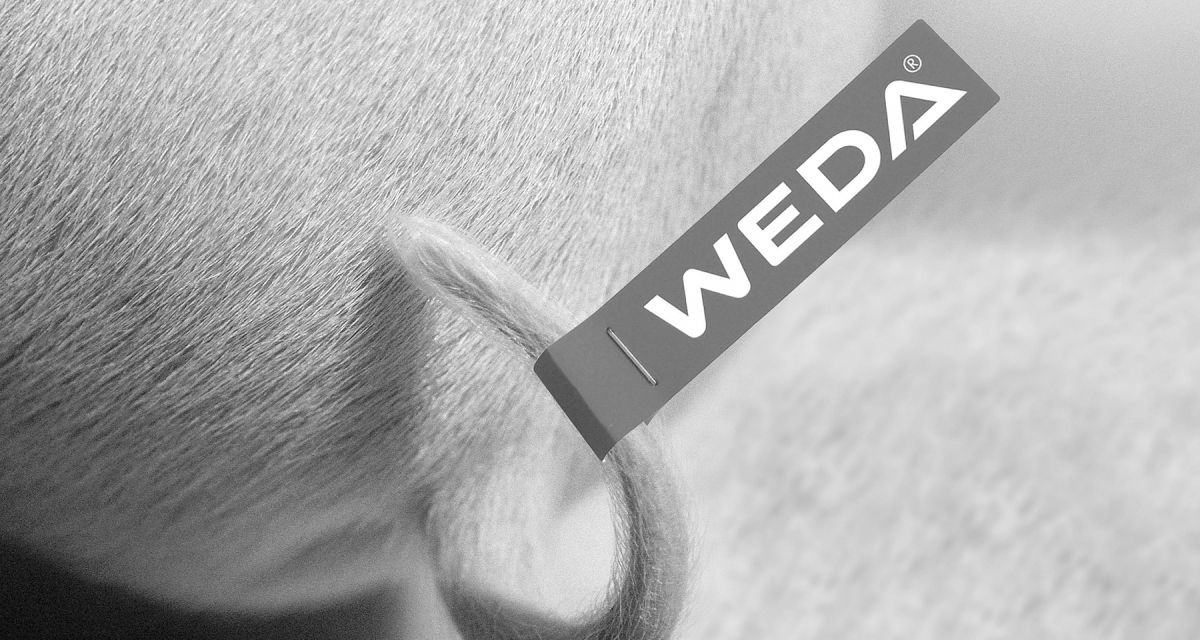

In group housing for sows, feeding the animals with computer-controlled electronic sow feeding stations (ESF) such as the Opti.Station has proven its worth. However, the feed filling of such systems usually runs separately from the monitoring of the control computer. With the new Opti.Fill programme extension from WEDA Dammann & Westerkamp, this is now a thing of the past: Whenever the dosing unit of an ESF system has a certain minimum quantity, the chain conveyor starts and fills all dosing units evenly. All the portions already fed from each individual feeder are also deducted from the fill level of the feed silo, and the current silo fill level is displayed and monitored in real time.
Challenges of the previous dry feeding systems
Previously, the feeders were monitored via an empty detector in the last ESF station. In the event of a signal, simple dry feeding was activated and the feeders were refilled. However, if the last ESF station was only occupied by gilts, for example, which were not yet eating so much, the command to top up came too late for those stations that had previously run empty in the row. If the last sta-tion was not occupied at all, there was no message to refill. The employee therefore always had to check independently whether the feed intake in the last station was large enough. As a result, the silo fill levels were not monitored either, so the farmer either had to estimate or check independently.
Filling fully automated
With the new Opti.Fill programme extension from the Lower Saxony-based feeding specialist WEDA Dammann & Westerkamp, however, the filling of the feeders is fully automated. This means that the doses from each individual feeder are counted: After a certain number of dispenses, a minimum stock level is reached by calculation and the chain conveyor system is triggered, which fills all the dosing units one after the other. The benefits for users: This means that fresh feed is always availa-ble and manual checks are no longer necessary. Silo fill levels are thus automatically monitored and signalled as soon as the minimum quantity is not reached.
1. automatic filling:
The dosing units are connected by chain conveyor. As soon as a dosing unit reaches a minimum fill level, the chain conveyor system is activated and the dosing units are filled one after the other.
2. integration with Opti.Station:
The connection with the Opti.Station ensures precise and continuous feed supply.
3. automatic monitoring:
If there is a problem with the filling or the minimum quantity in the feed silo is reached, an error message is sent to the operator's cell phone or PC.
• Computerised dry feeding:
Automatic control and monitoring of the feeding process increase efficiency and reliability.
• Remote maintenance:
Settings can be made conveniently via remote maintenance, which improves flexibility and responsiveness.
• Automated adjustment:
From the silo onwards, the entire feeding process is automated and from a single source, significantly reducing labour costs.
• Alarm function:
In the event of problems, an error message is immediately sent to the mobile phone or PC so that a quick response is possible.
• Seamless integration:
Opti.Fill can be easily integrated into existing systems, making implementation simple and cost-effective.